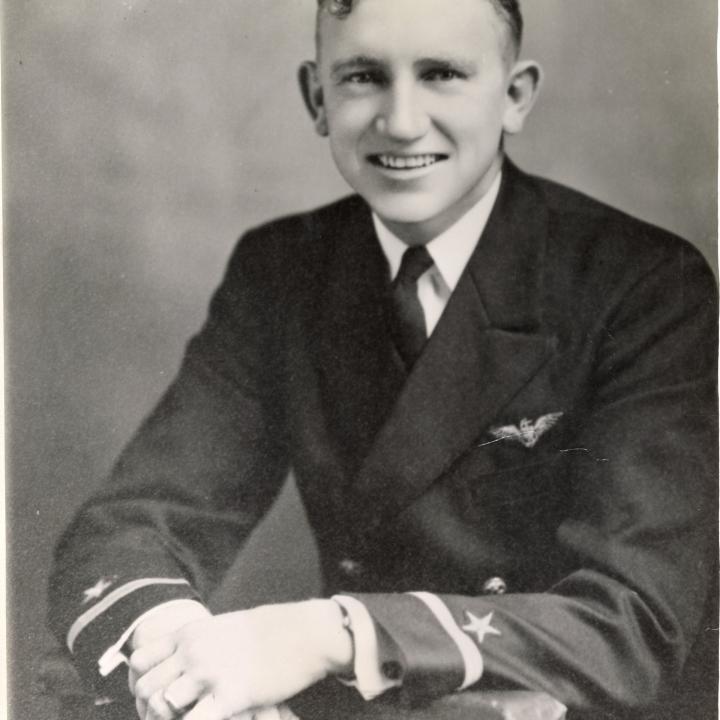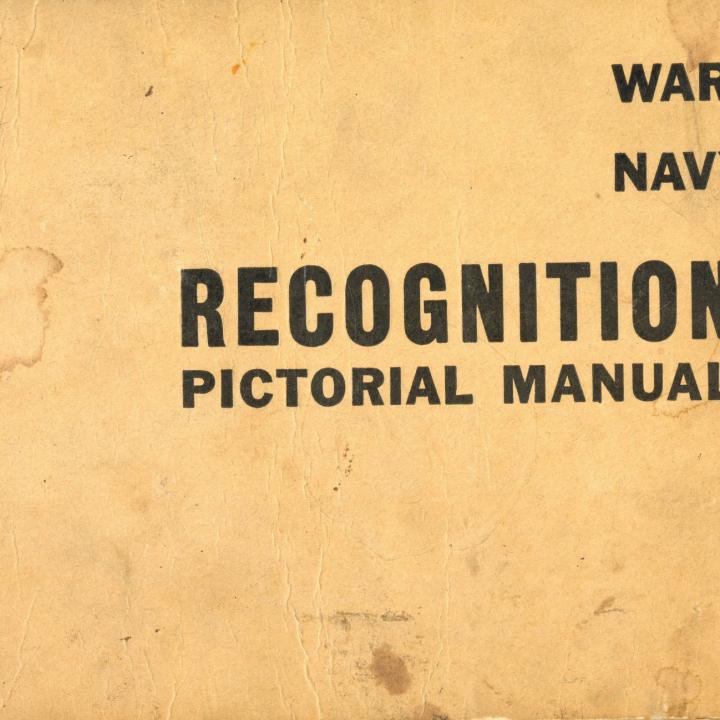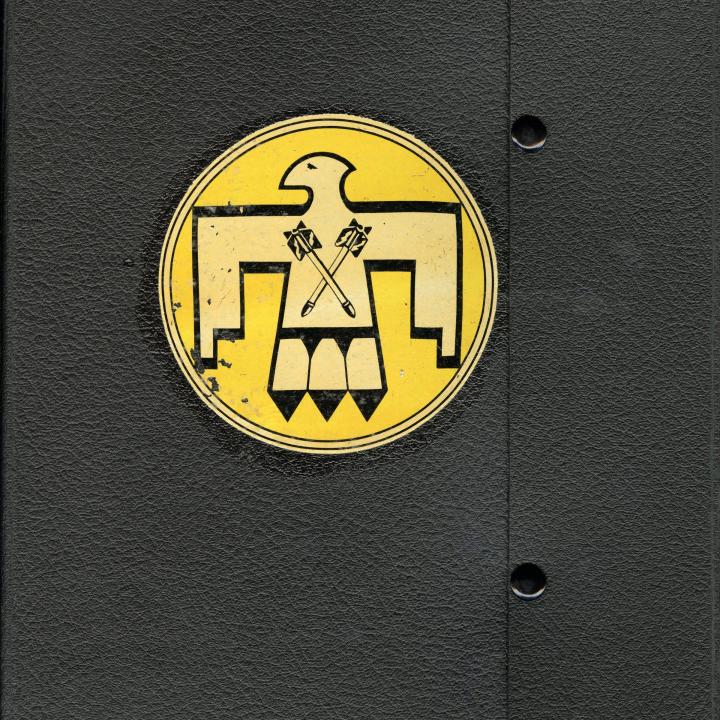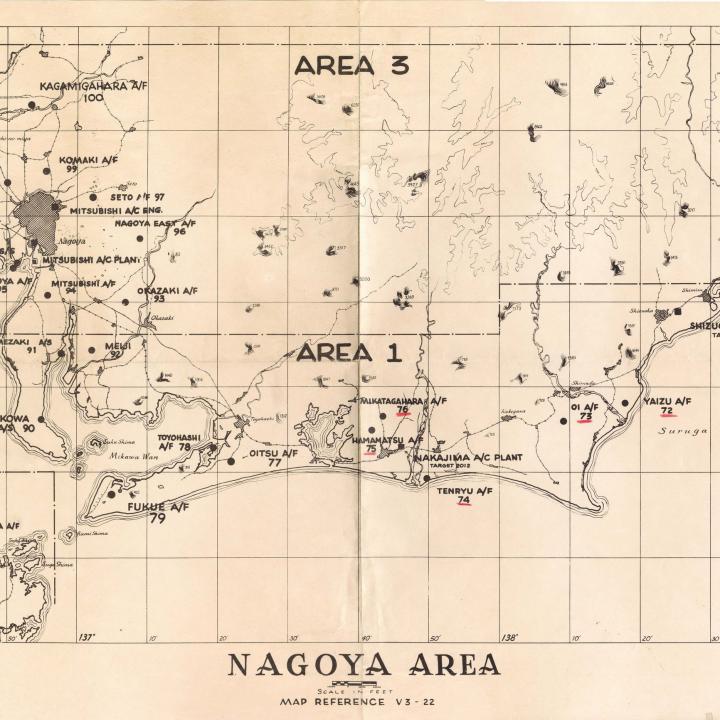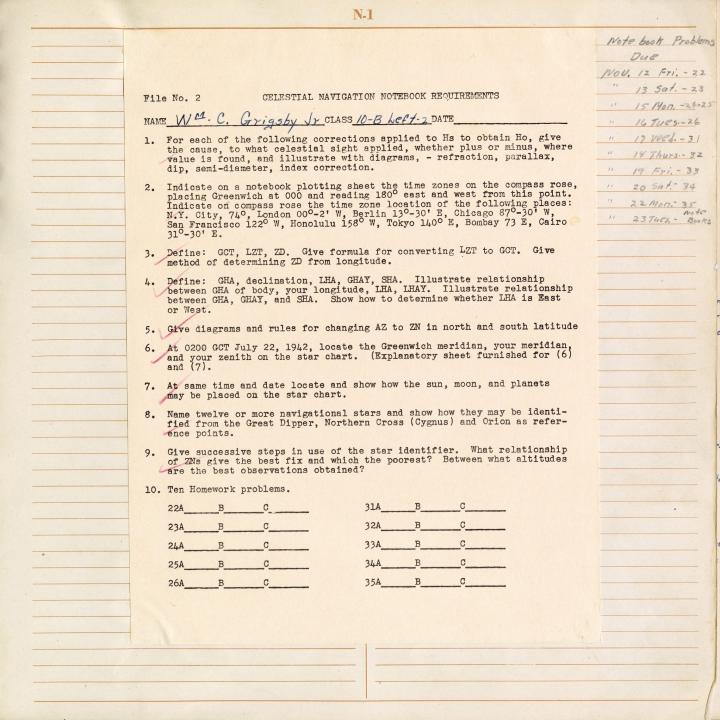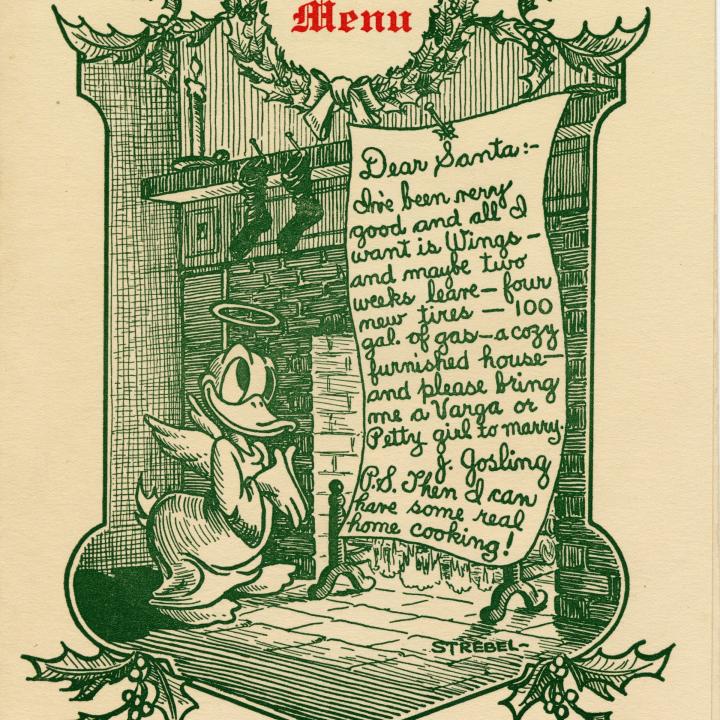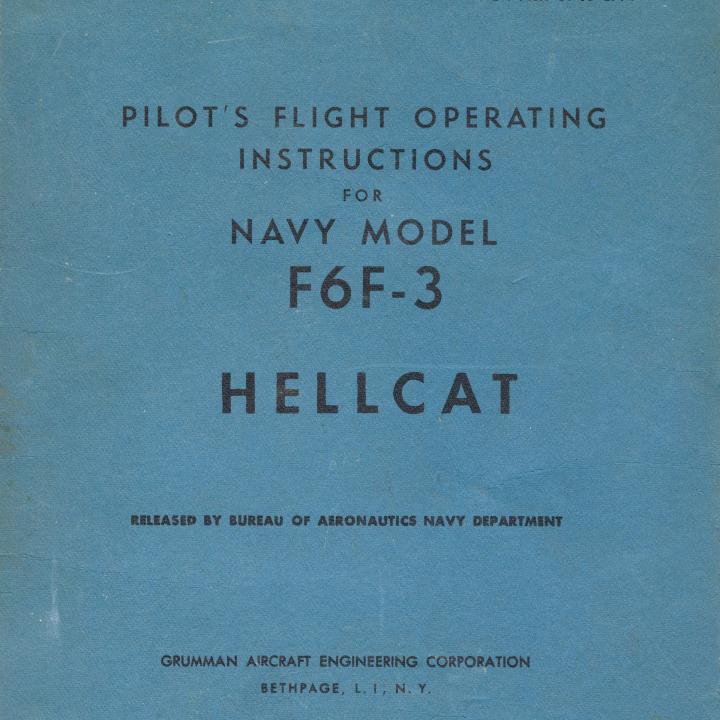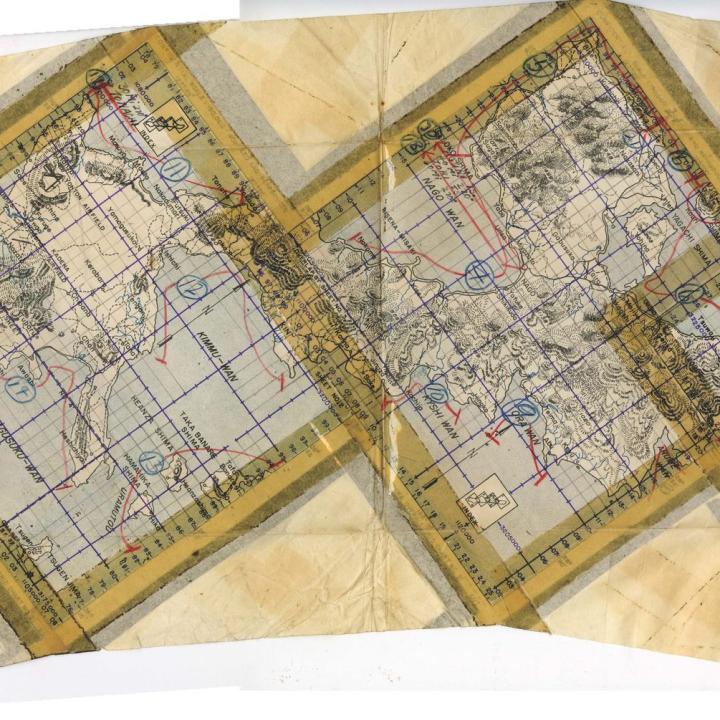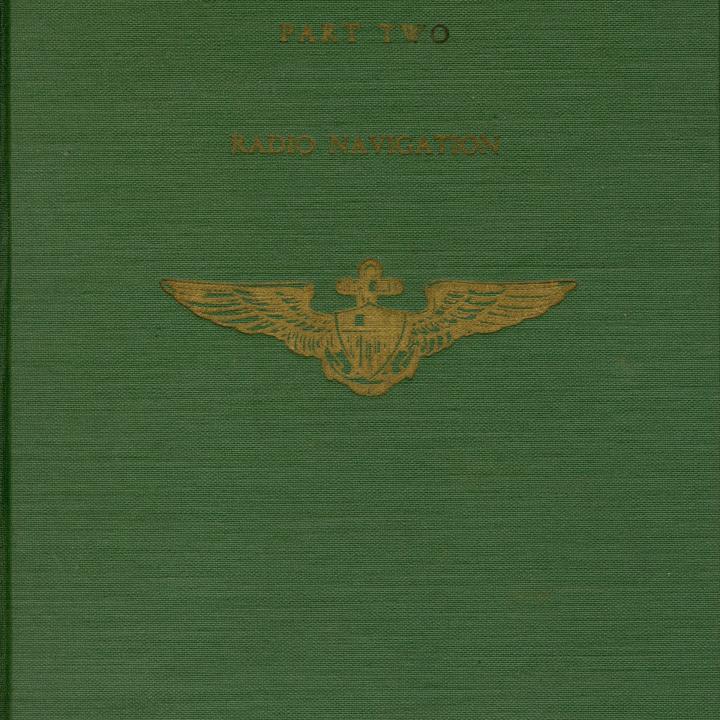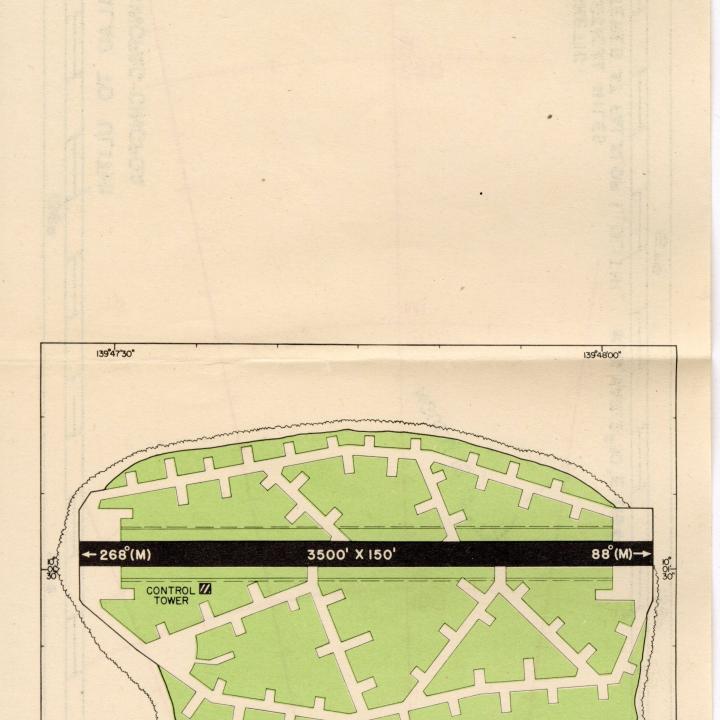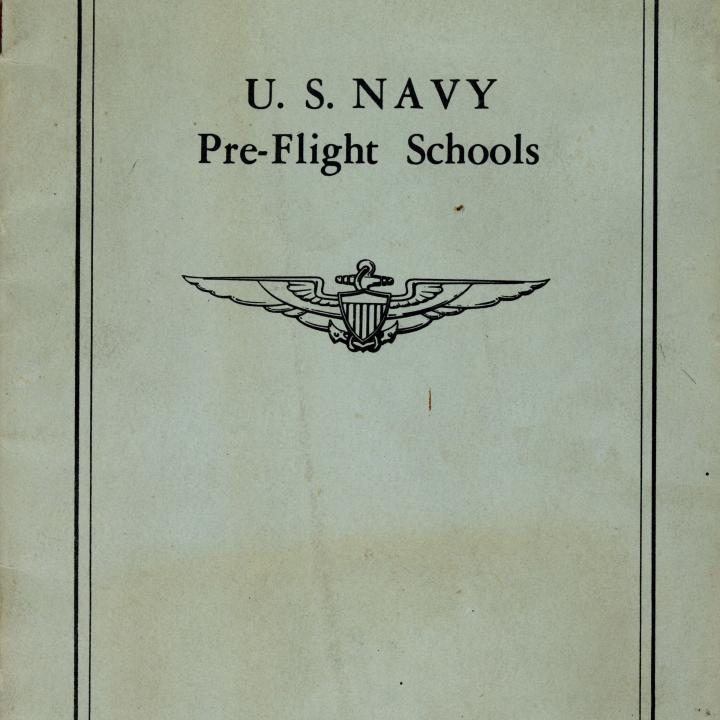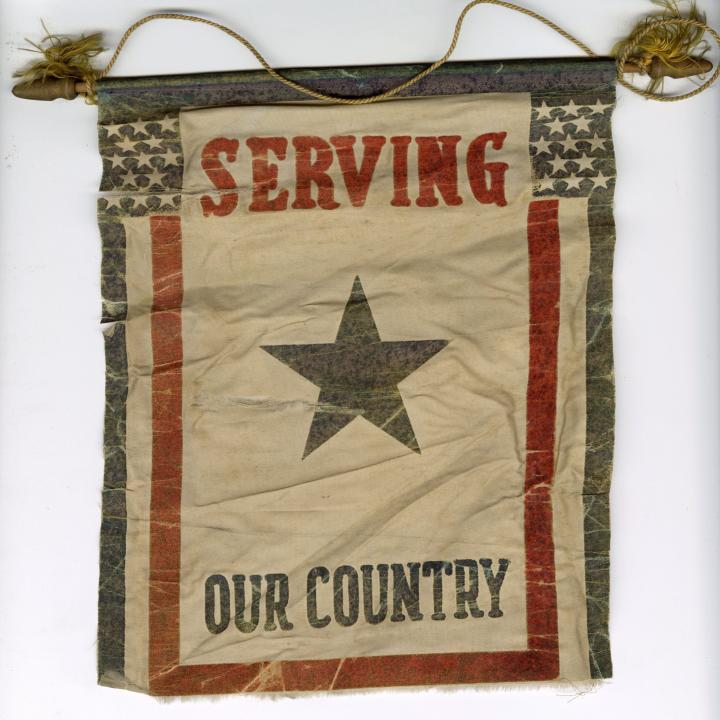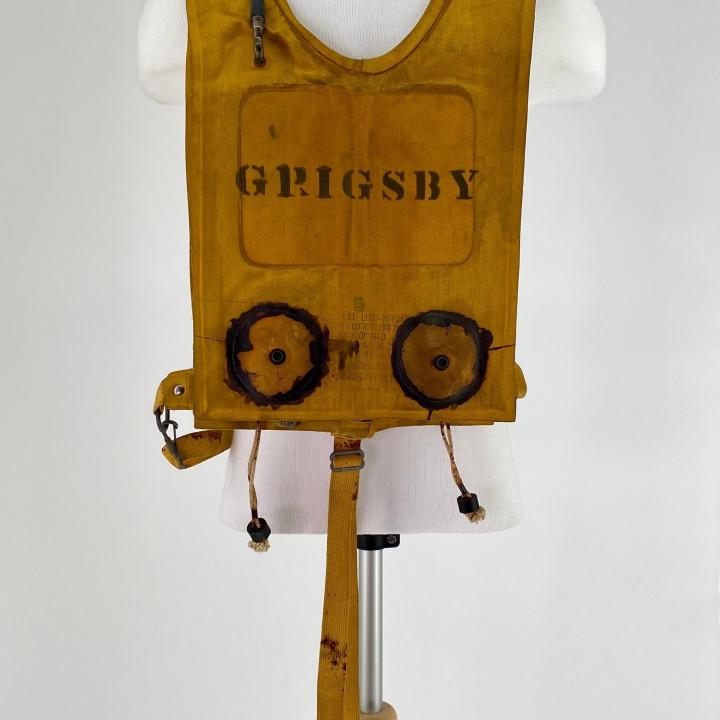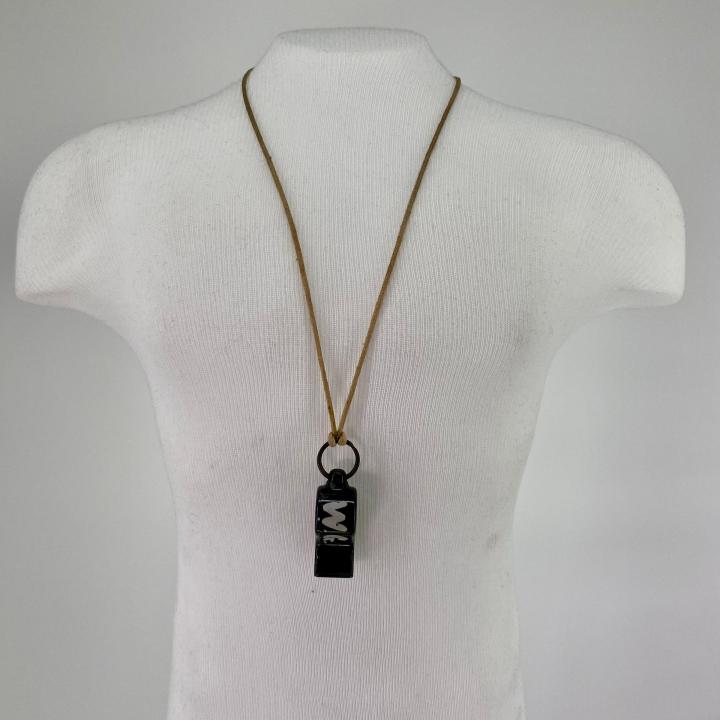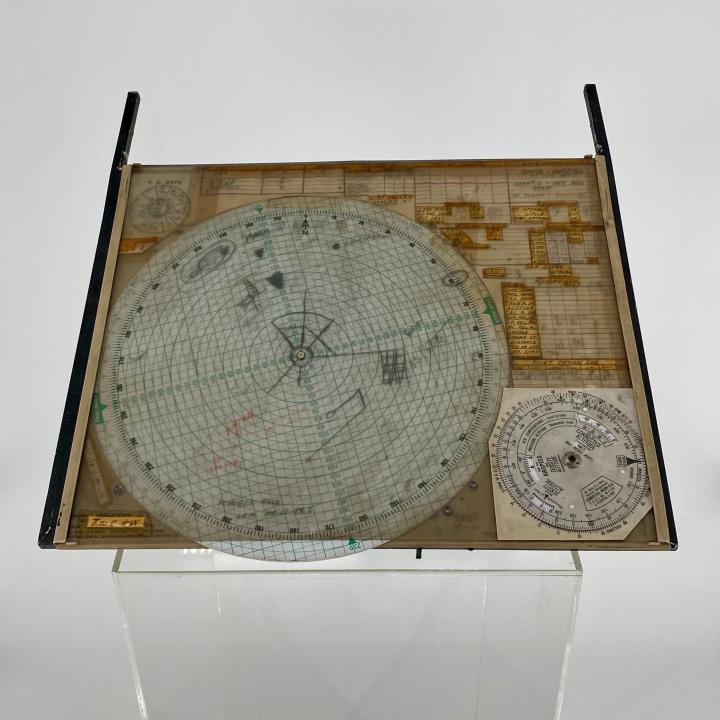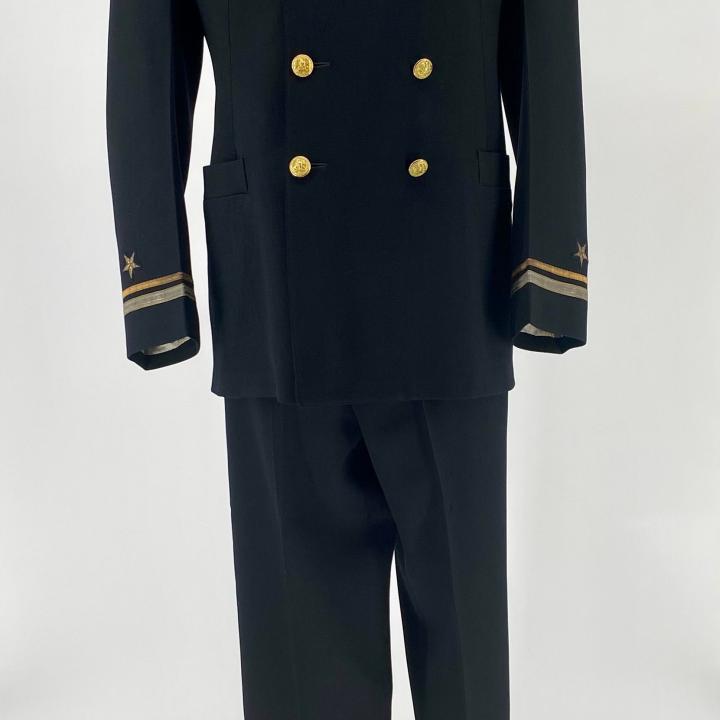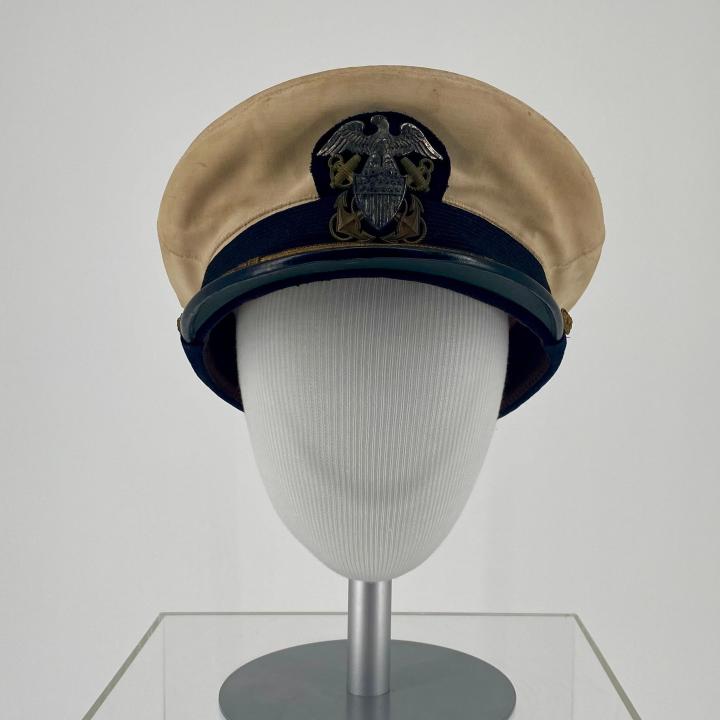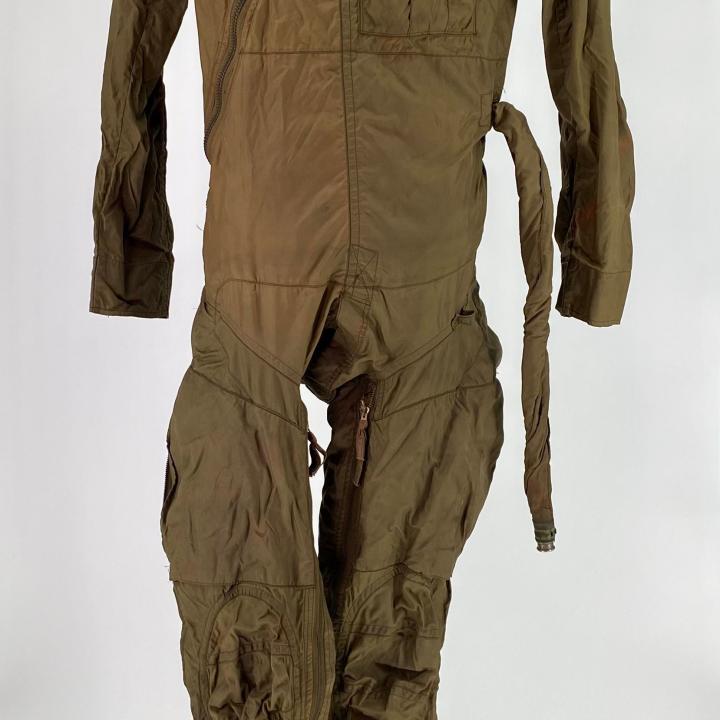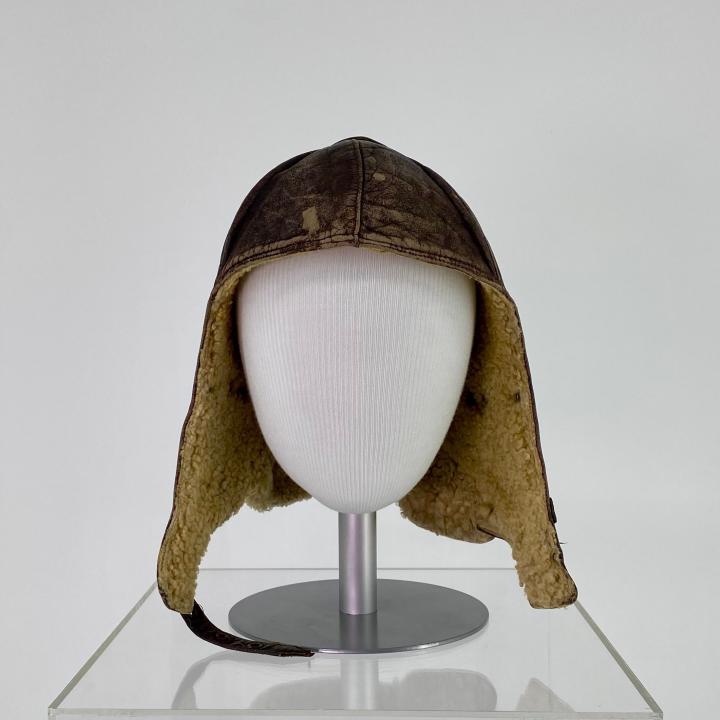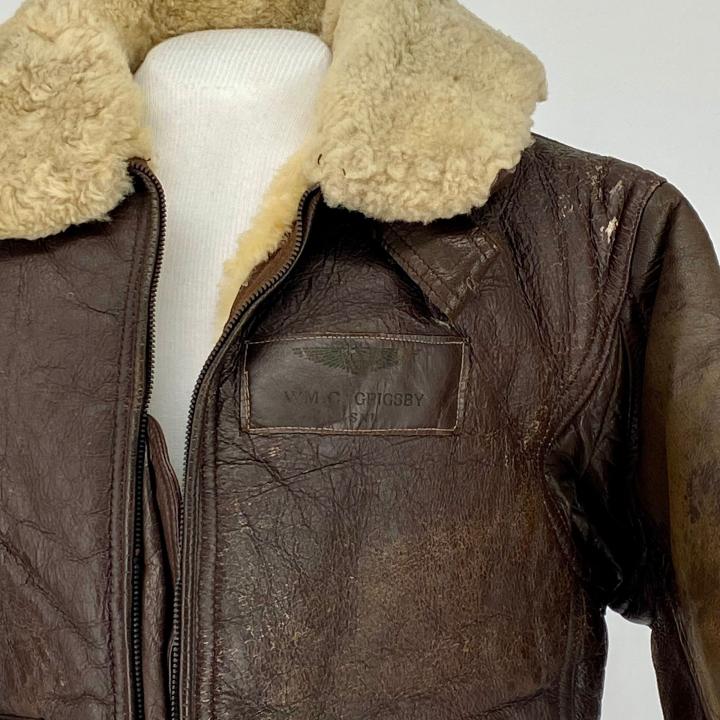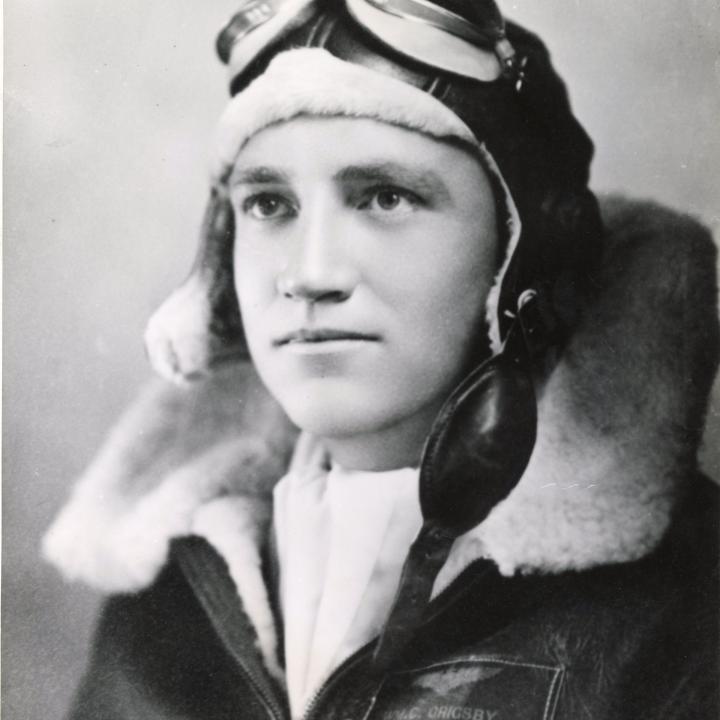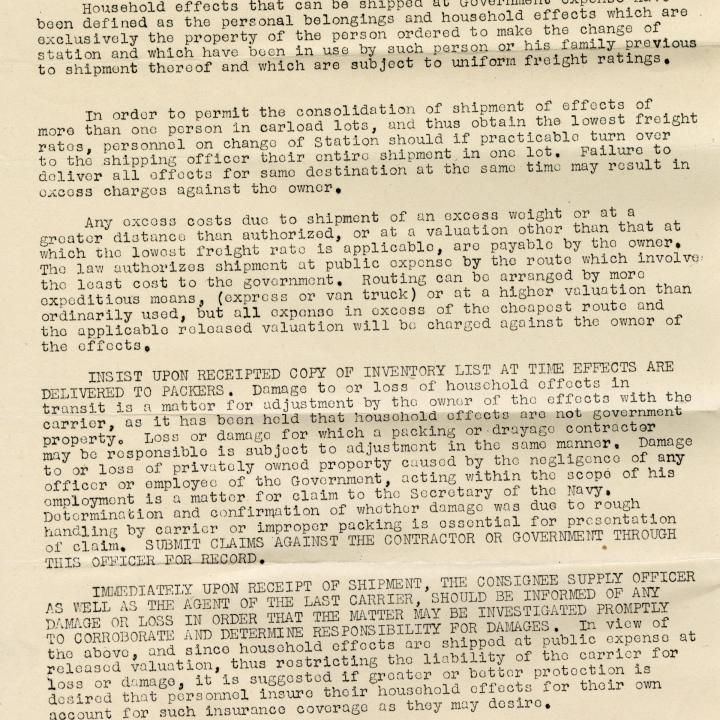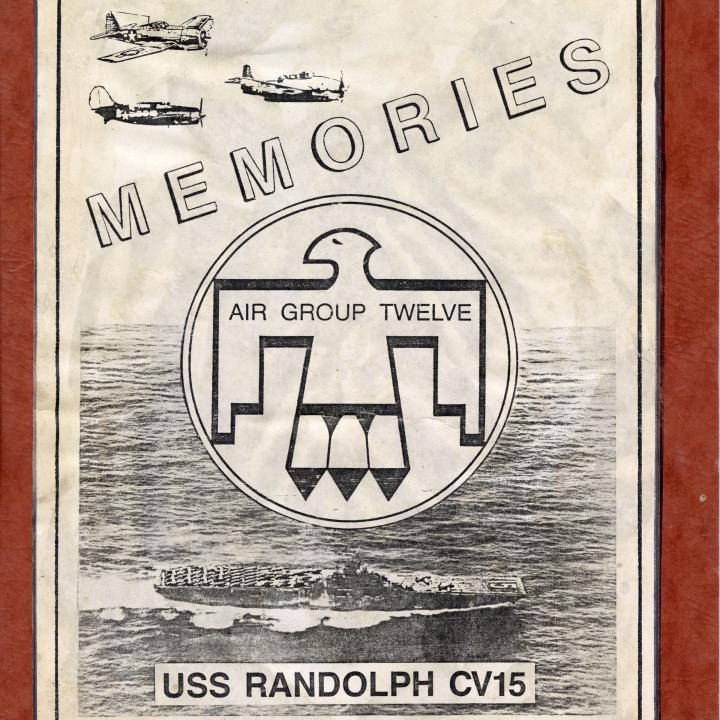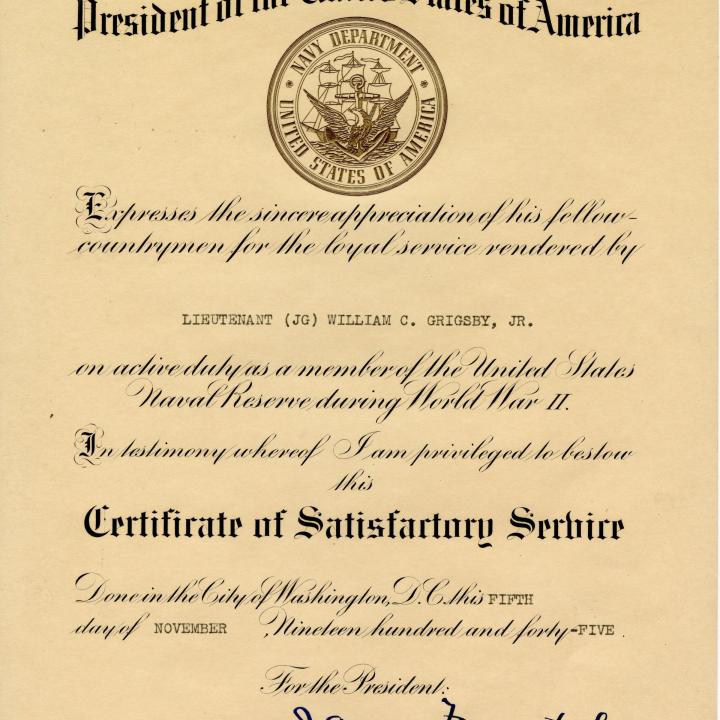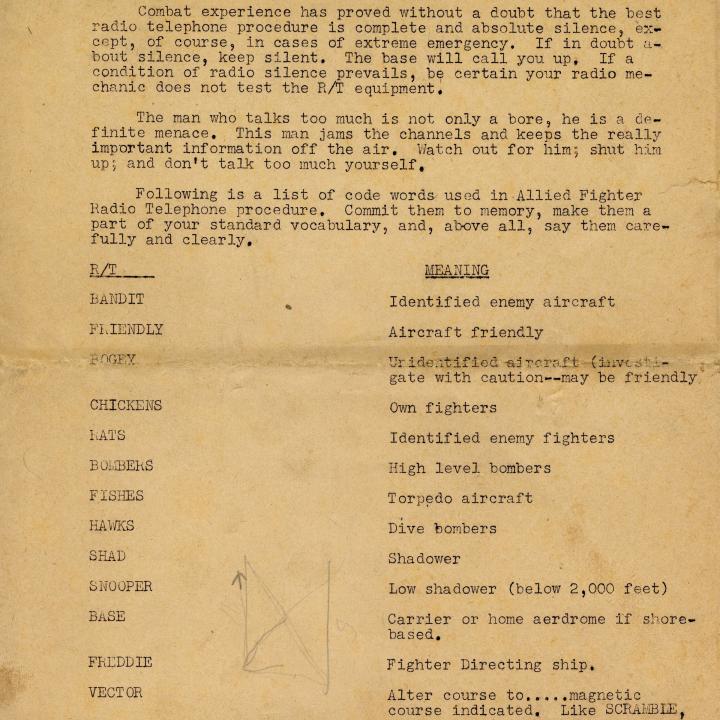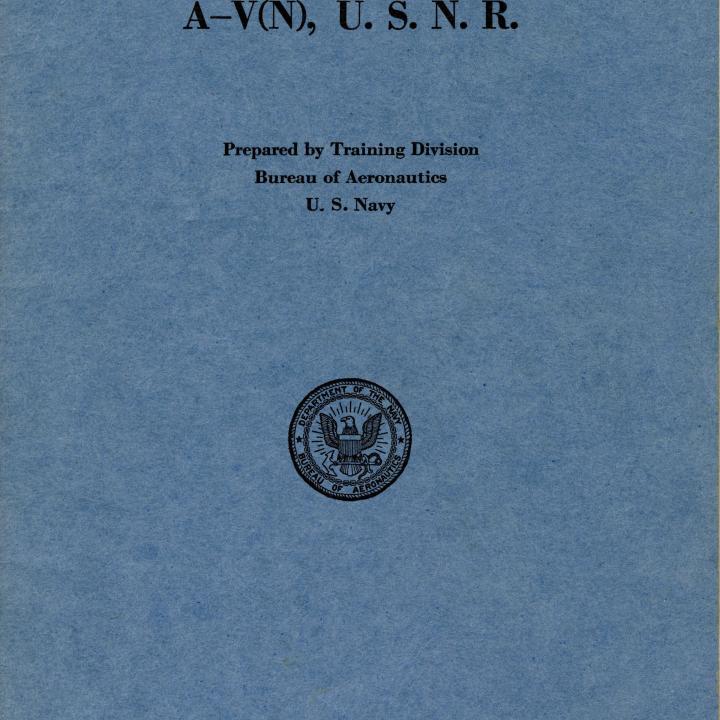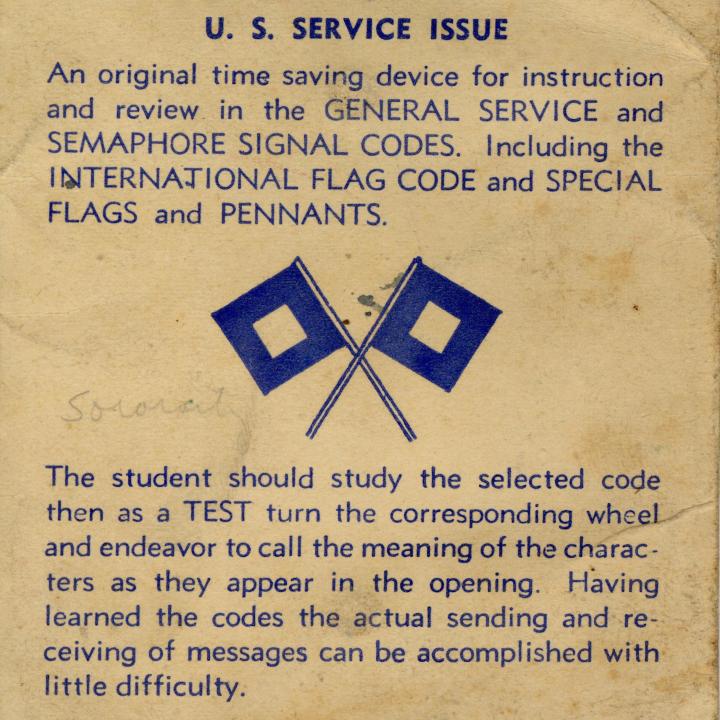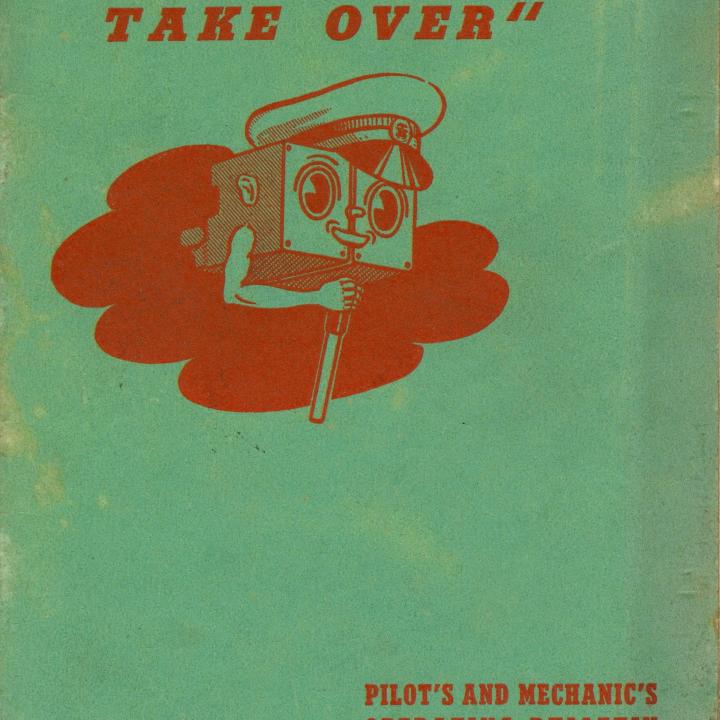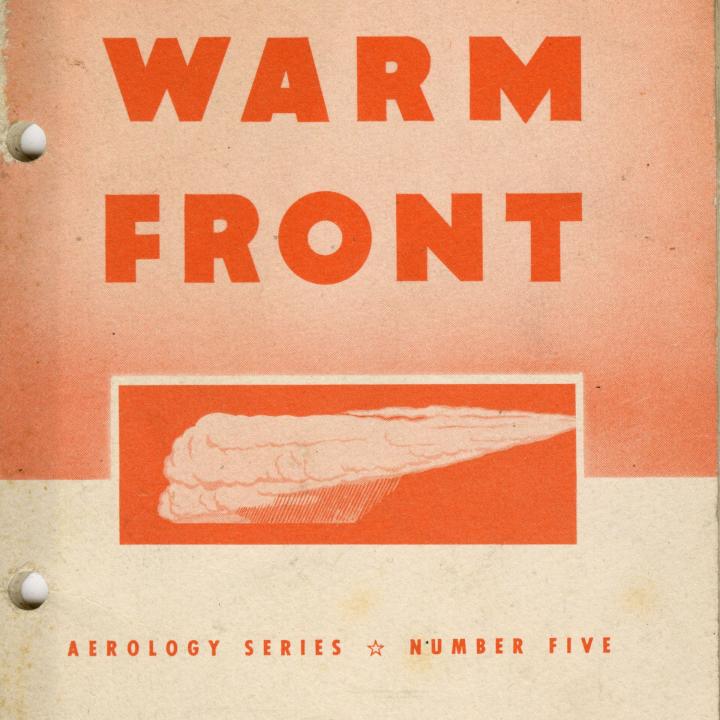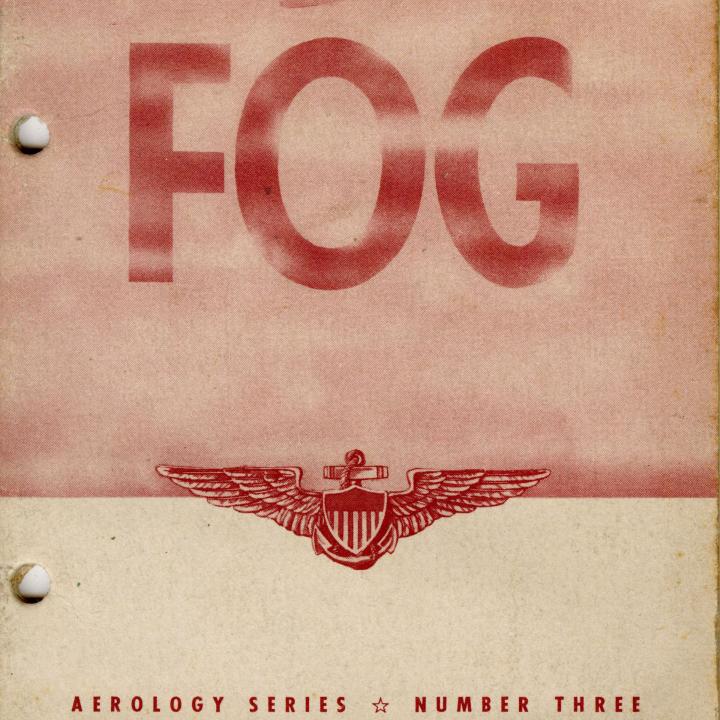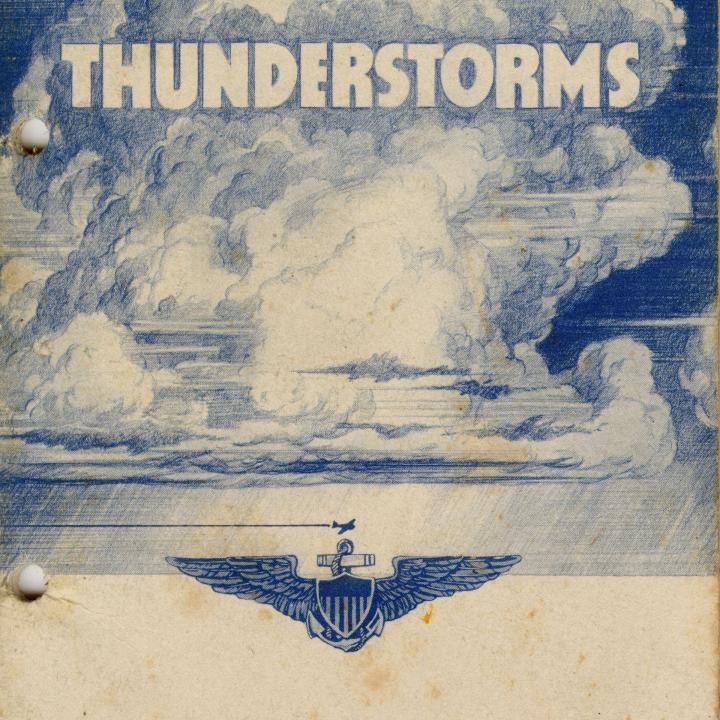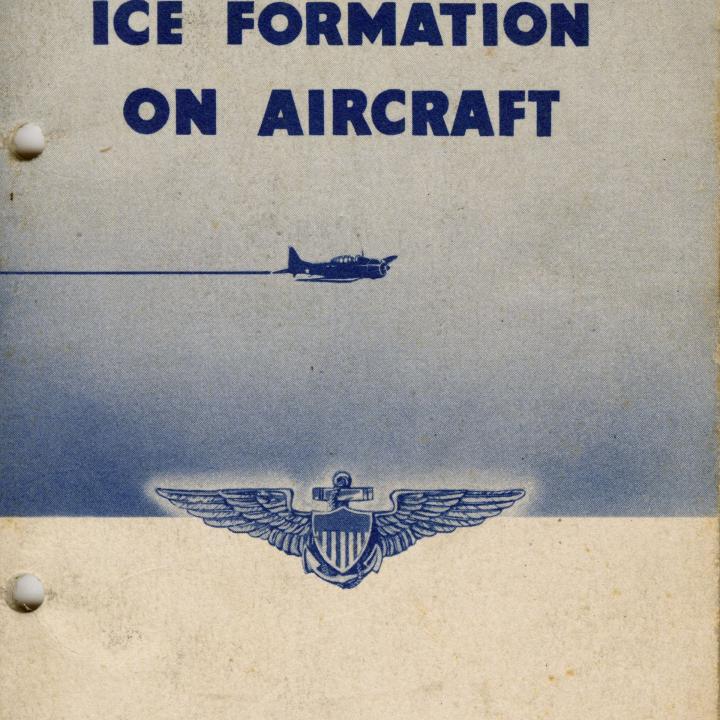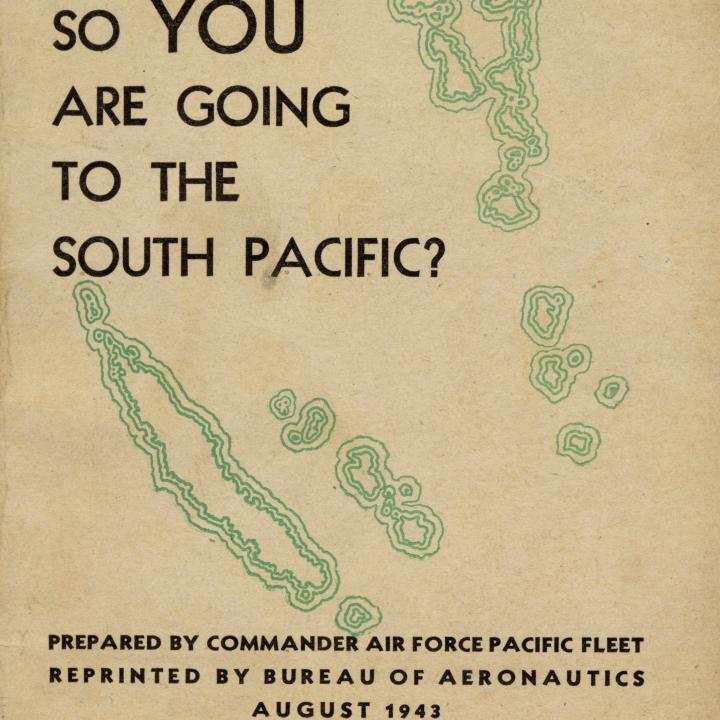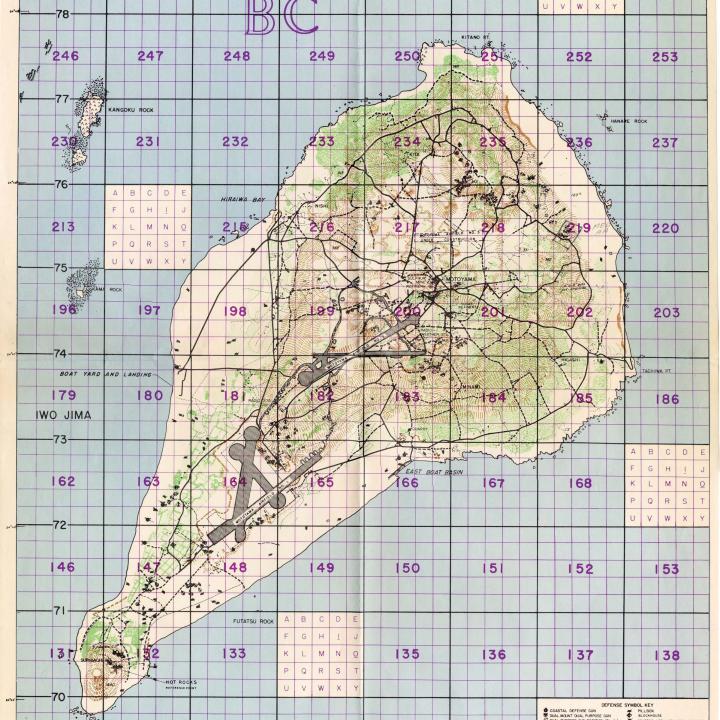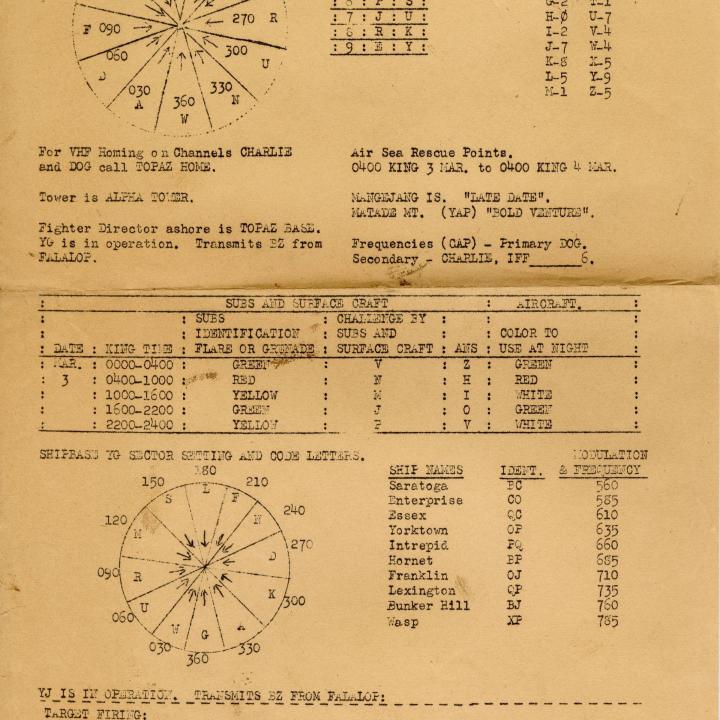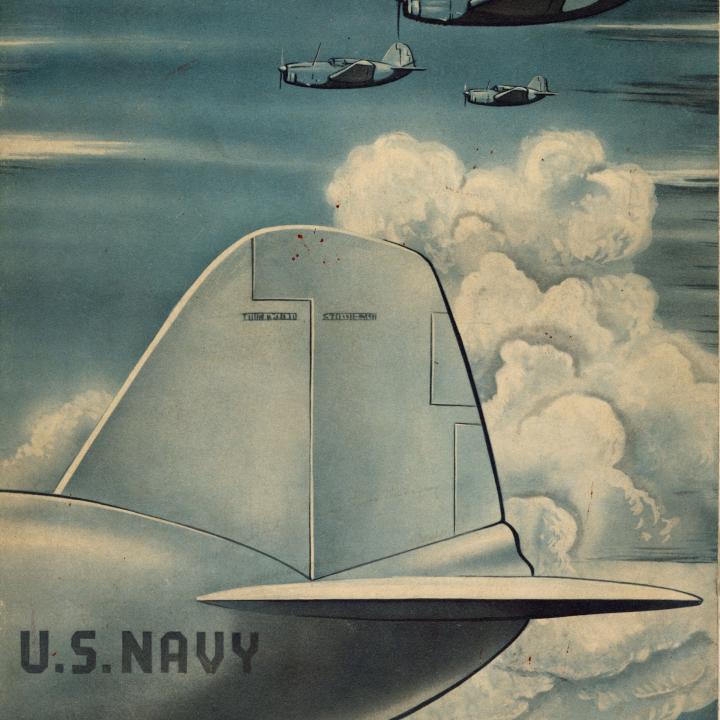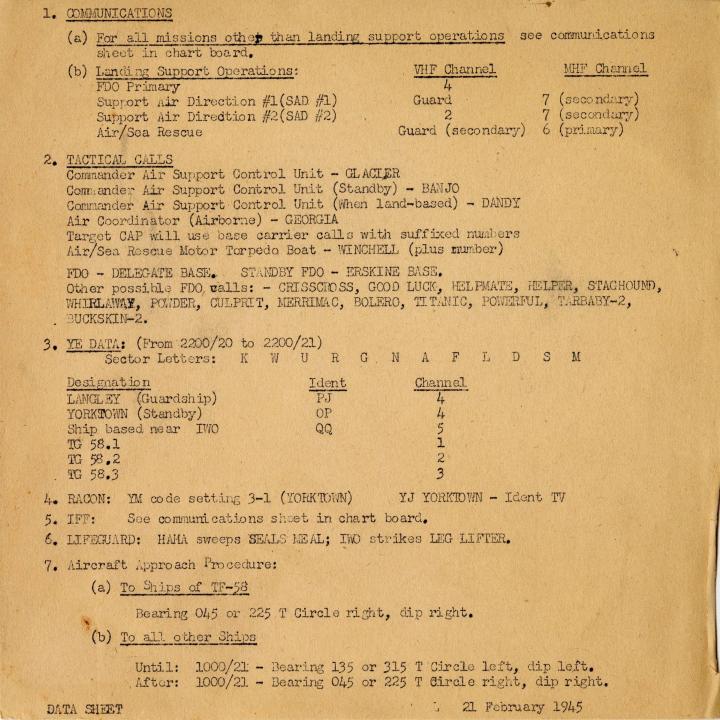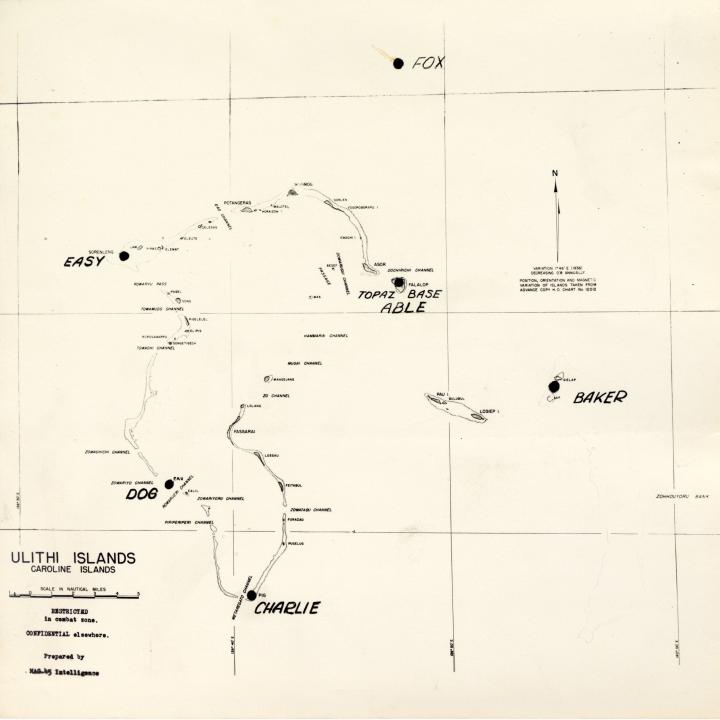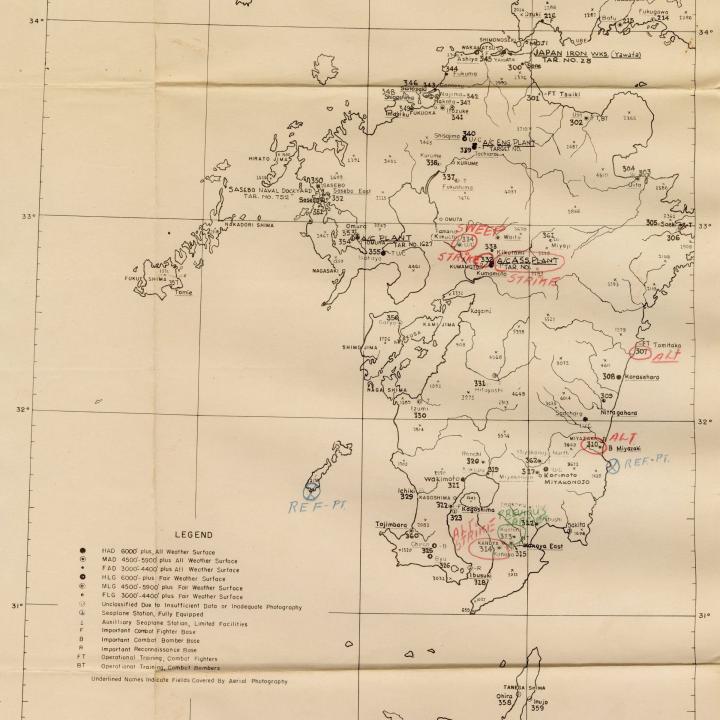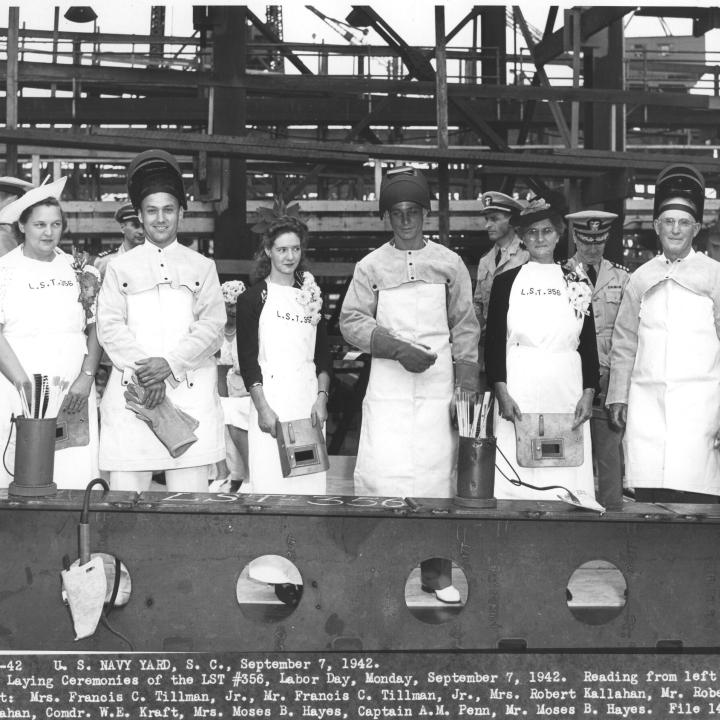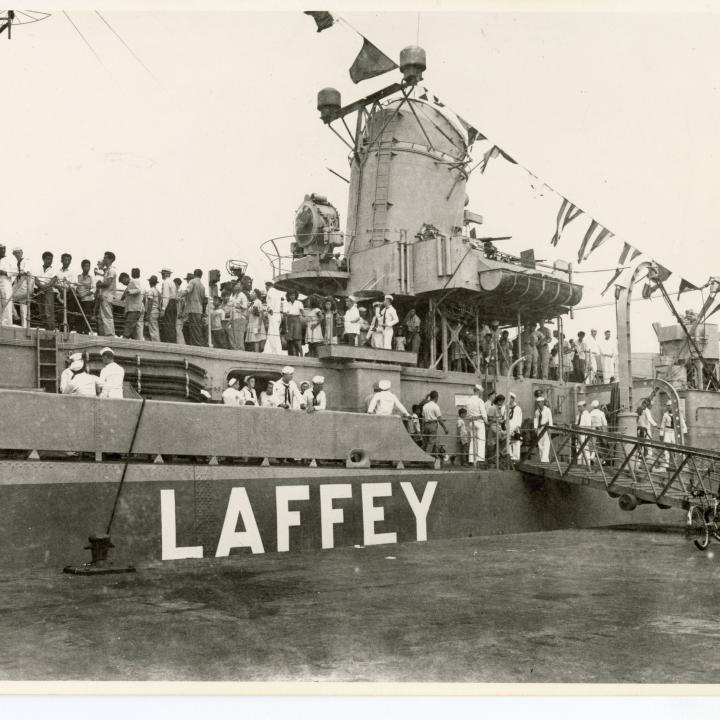From the Collections
Training for Tokyo: The William Grigsby Collection
"Ens. William C. Grigsby, Jr...knocked down two Japanese planes and took part in the first and second carrier strikes at Tokyo as a Hellcat pilot with Air Group 12 in the Pacific."
-Fleet Home Town News Center press release, 1945
At the start of World War II, Japanese pilots were considered some of the best, most well-trained airmen in the world. The US Navy needed a lot of pilots to rise to the challenge quickly and perfected a system to do it.
Hopeful future pilots were first put through a four-week boot camp called Flight Preparatory School. Afterwards, they attended a four-month Pre-Midshipman School, focusing on courses in math and physics. Next came the three-month Midshipman School, learning essential naval skills, such as navigation and seamanship. If a pilot made it this far, they would graduate from Flight School, completing 600 hours of flight time before earning their wings.
Over a year after enlisting in the US Navy, Ensign William "Bill" Grigsby was authorized to fly on March 14, 1944. This approval finally came after both pre-flight school in Athens, Georgia, and flight school at Naval Air Station (NAS) in Pensacola, Florida. After a mission testing experimental G-suits with Air Group Five in Fallon, Nevada, Grigsby transferred to Air Group Twelve and entered the Pacific War.
As a member of Fighting-Bombing Squadron 12, Ensign Grigsby's F6F Hellcat was among the first of 16 planes to launch an attack against Tokyo. Grigsby’s target, Tokyo's Haneda airport, was successfully bombed. His later missions included ground support at Iwo Jima, a second Tokyo raid, Okinawa ground support, and combat air patrol against kamikaze attacks.
Grigsby was demobilized as Lieutenant Junior Grade and discharged on November 5, 1945. His decorations include Air Medal with clusters, the Distinguished Flying Cross, among other commendations. Seen here are artifacts not only from William Grigsby's intense training and dedication to become a US Navy pilot, but also from his missions testing experimental gear and flying with Air Groups 5 and 12. The artifacts in this collection come full circle from training to Tokyo.
-Fleet Home Town News Center press release, 1945
At the start of World War II, Japanese pilots were considered some of the best, most well-trained airmen in the world. The US Navy needed a lot of pilots to rise to the challenge quickly and perfected a system to do it.
Hopeful future pilots were first put through a four-week boot camp called Flight Preparatory School. Afterwards, they attended a four-month Pre-Midshipman School, focusing on courses in math and physics. Next came the three-month Midshipman School, learning essential naval skills, such as navigation and seamanship. If a pilot made it this far, they would graduate from Flight School, completing 600 hours of flight time before earning their wings.
Over a year after enlisting in the US Navy, Ensign William "Bill" Grigsby was authorized to fly on March 14, 1944. This approval finally came after both pre-flight school in Athens, Georgia, and flight school at Naval Air Station (NAS) in Pensacola, Florida. After a mission testing experimental G-suits with Air Group Five in Fallon, Nevada, Grigsby transferred to Air Group Twelve and entered the Pacific War.
As a member of Fighting-Bombing Squadron 12, Ensign Grigsby's F6F Hellcat was among the first of 16 planes to launch an attack against Tokyo. Grigsby’s target, Tokyo's Haneda airport, was successfully bombed. His later missions included ground support at Iwo Jima, a second Tokyo raid, Okinawa ground support, and combat air patrol against kamikaze attacks.
Grigsby was demobilized as Lieutenant Junior Grade and discharged on November 5, 1945. His decorations include Air Medal with clusters, the Distinguished Flying Cross, among other commendations. Seen here are artifacts not only from William Grigsby's intense training and dedication to become a US Navy pilot, but also from his missions testing experimental gear and flying with Air Groups 5 and 12. The artifacts in this collection come full circle from training to Tokyo.





